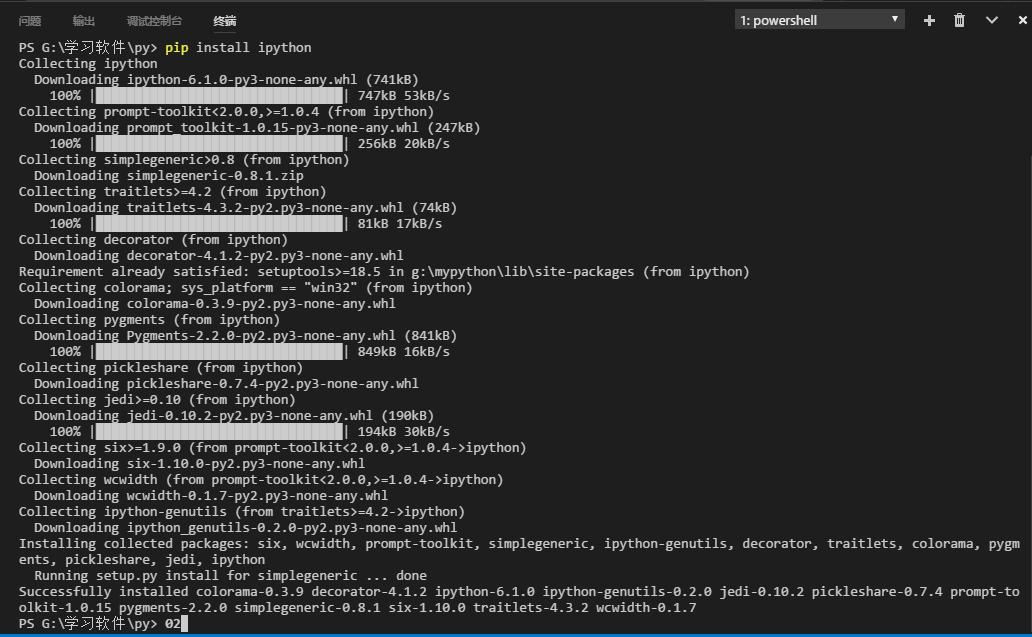

Whoops! There was an error and we couldn't process your subscription.

Sign up for the Resilience Tech Briefing with no more than 2021 characters, zero images, and all in plain-text. Python 3.7.3 (<- This is my version in summer of 2019) I am but a mere Python mortal so if anything I typed below is bad, go to the source posts for the real truth.Ġ/ You may need to install Xcode command line tools to start %terminal xcode-select -installġ/ Install Homebrew terminal% ruby -e "$(curl -fsSL )"Ģ/ Add it to your path by tacking this to the bottom of your ~/.login export PATH="/usr/local/opt/python/libexec/bin:$PATH"ģ/ To ingest that new command, type ‘source ~/.login’ terminal% 'source ~/.login'Ĥ/ Now install Python 3 as both python3 and python (it will become your default) terminal% brew install pythonĥ/ Test out that your Python 3 has been installed by asking what its version is terminal% python3 -version The basis for all these instructions are from the Python master at Guide to Python three posts: 1 2 3. If you want to run both versions, and you want to remember how to run in protected, virtual environments but you keep forgetting how to do it - this is the guide for you. Even though you might be, like me, tethered to Python 2.7 for some odd reason. For the life of me I’ve installed competing Python environments too many times so I want to get this down in one place so I can come back to it when I inevitably need do this config again.Īssuming you’re in a year sometime in the future when Python 2 is still installed by default on OS X, you’ll want to get Python 3 up and running.


 0 kommentar(er)
0 kommentar(er)
